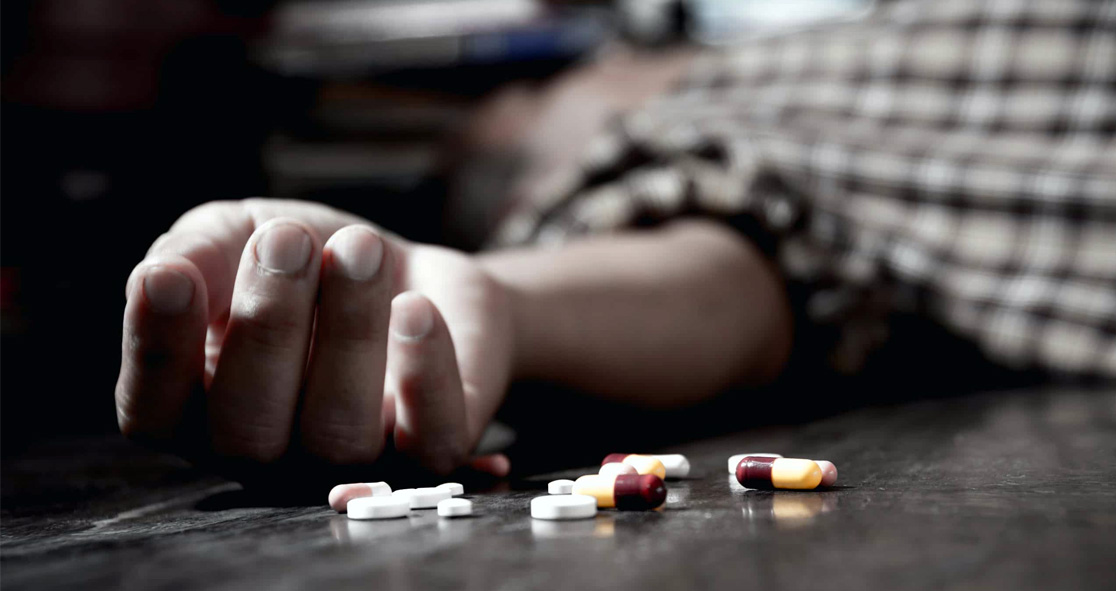A new Mayo Clinic study has found that emergency department (ED) visits related to opioid overdose increased by more than 28% across the United States in 2020, according to Science Daily.
In general, ED visits decreased by 14% last year, but visits associated with an opioid overdose increased by 10.5%. Opioid overdose was responsible for at least 1 in every 313 visits, which is up from 1 in every 400 visits in the years 2018 and 2019.
The new findings support the preliminary data released by the Centers for Disease Control and Prevention (CDC), which reported over 93,000 opioid overdose deaths in 2020, which is nearly a 30% increase from the year prior and the most opioid overdose deaths ever recorded in the nation.
The study was published in the Annals of Emergency Medicine and presented in June at the AcademyHealth annual research meeting.
Senior author Dr. Molly Jeffery said, “COVID-19, and the disruptions in every part of our social and work lives, made this situation even harder by increasing the risk of opioid misuse and relapse because people were separated from their social support and normal routines.”
“While institutions across the U.S. are keenly aware that opioid misuse is a major health concern,” she added, “this shows that there is more work to be done, and it provides an opportunity for institutions and policymakers to expand evidence-based treatments and resources.”
In 2019, more than 70% of drug overdose deaths involved an opioid, according to the CDC, though trends were leveling off before the COVID pandemic. But since the pandemic, that trend has reversed significantly.
The team looked at visits to 25 ER departments in six states from January 2018 through December 2020. They found that ED visits related to opioid overdose increased to 3,486 in 2020 from 3,285 and 3,020 in 2019 and 2018, respectively.
However, the investigators believe the numbers would be more because evidence suggests most people who experience an overdose choose not to visit ED, suggesting overdose rates could be much higher than reported.
The authors wrote, “In the absence of comprehensive, real-time national surveillance data, our results offer evidence that the increases in nonfatal opioid overdose rates are not isolated to specific communities.”
However, Dr. Jeffery said it is a good sign that telemedicine access for mental health care increased during the pandemic, which remained high. She said, “We think this may be an important way to increase the accessibility of care for many people with opioid misuse disorder or addiction.”























